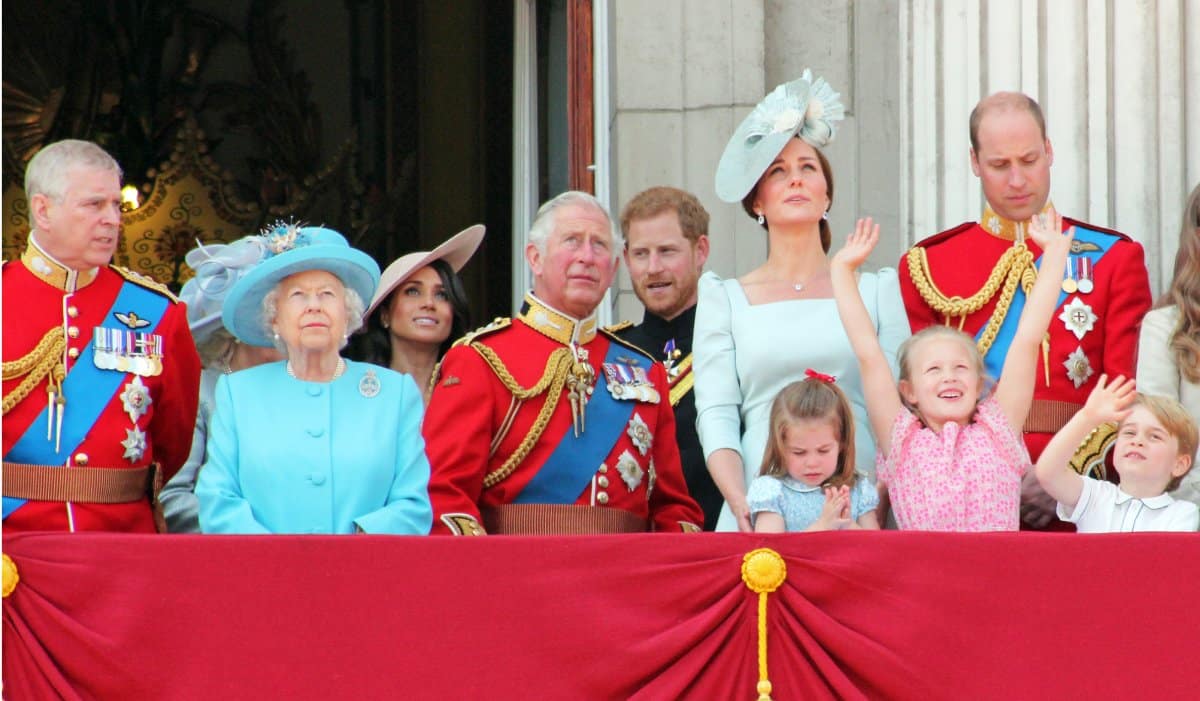The British monarchy is steeped in traditions and protocols, many of which have been firmly upheld for centuries. With King Charles III now reigning, these longstanding rules continue to shape the conduct of the royal family. Here are 15 non-negotiable rules, highlighted with recent examples showing how these protocols are observed.
1. No Autographs
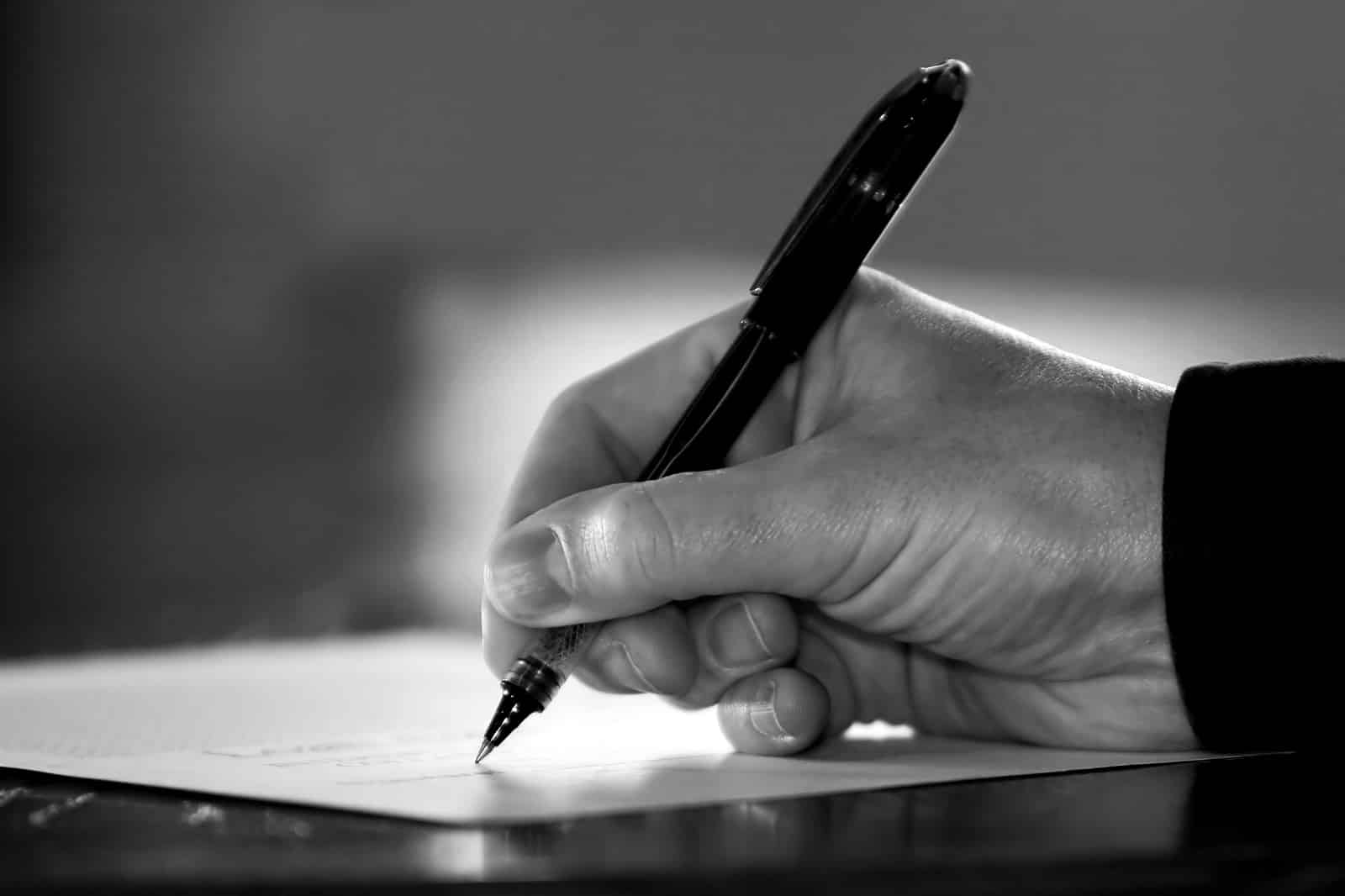
Royals are prohibited from signing autographs to prevent forgery. King Charles III adheres strictly to this, only signing official documents and visitors’ books.
2. No Selfies

The rule against selfies aims to maintain the formality of royal interactions. Though younger royals like Prince William and Prince Harry have sometimes relaxed this rule, it remains a general guideline.
3. Political Neutrality
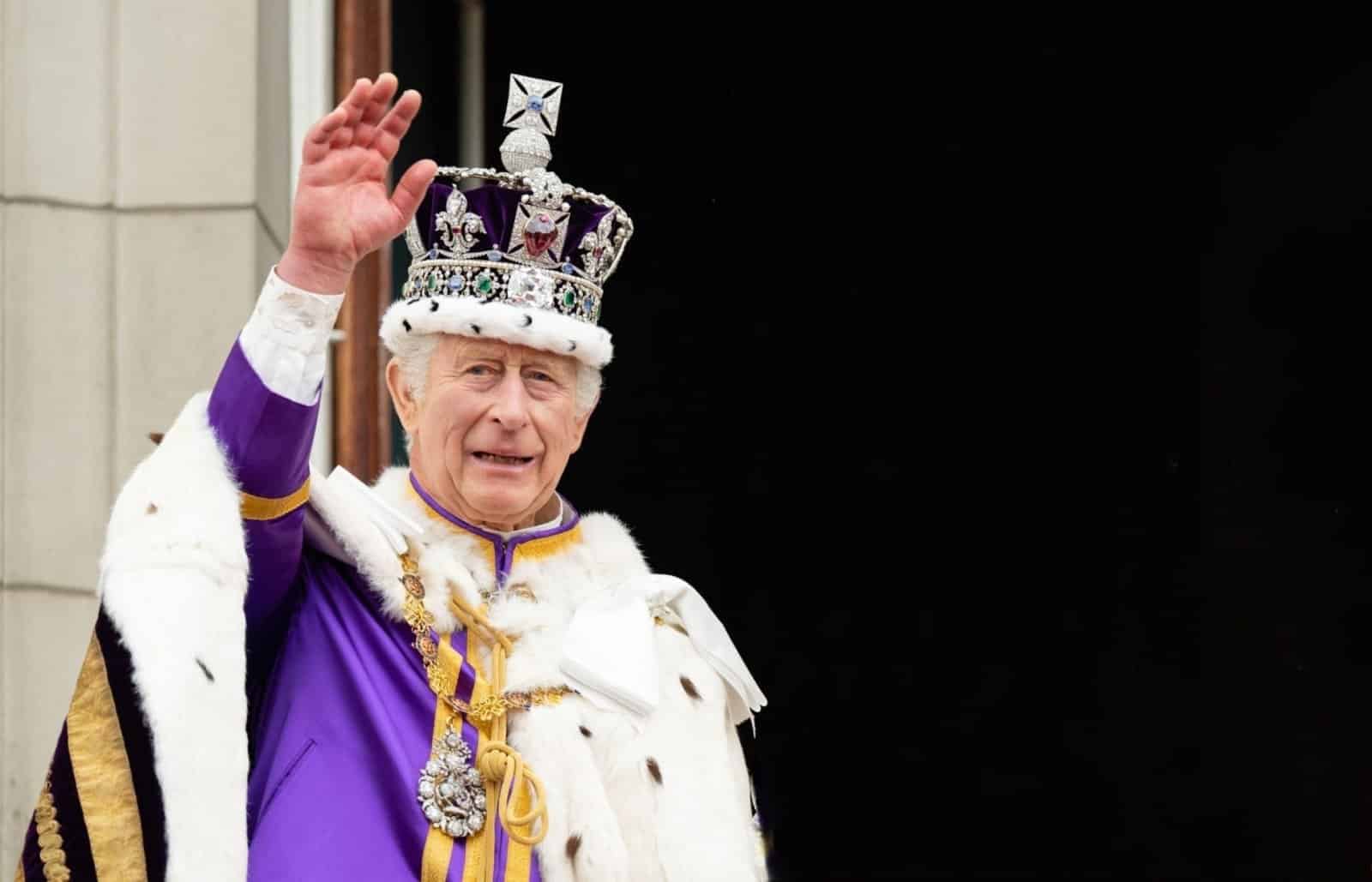
Royals must not vote or express political opinions publicly to preserve the monarchy’s impartiality. King Charles III has long been cautious in this regard, despite his deep interest in environmental and social issues.
4. Strict Dress Code

For public and formal appearances, appropriate attire is required. King Charles and other male royals often wear military uniforms at relevant functions, while female royals wear modest dresses and hats at formal events.
5. Evening Dress Code
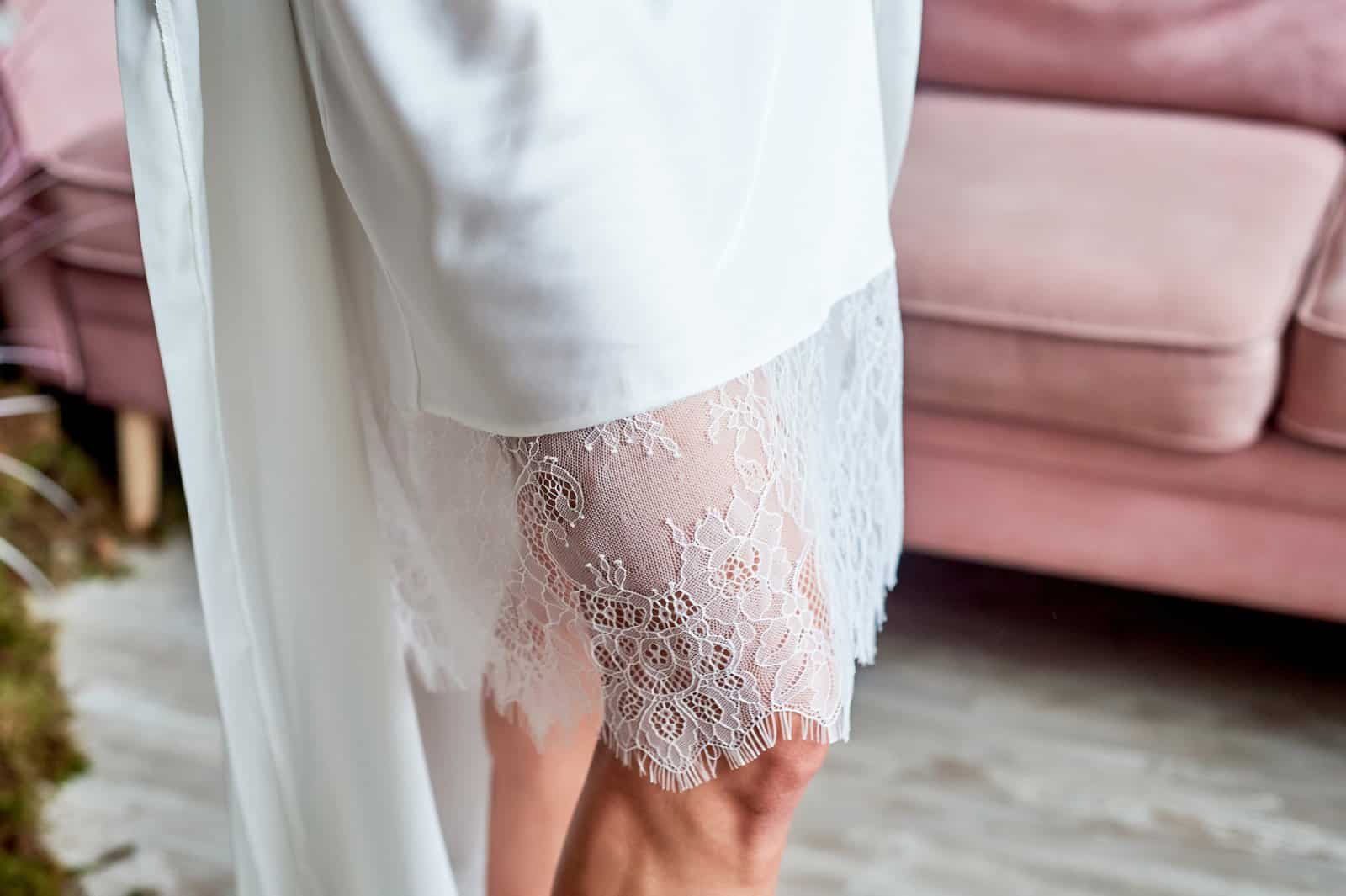
Formal events often require black tie or evening gowns. The Princess of Wales, Kate, is known for her elegant gowns and tasteful use of jewellery at state dinners.
6. Colourful Outfits for Visibility
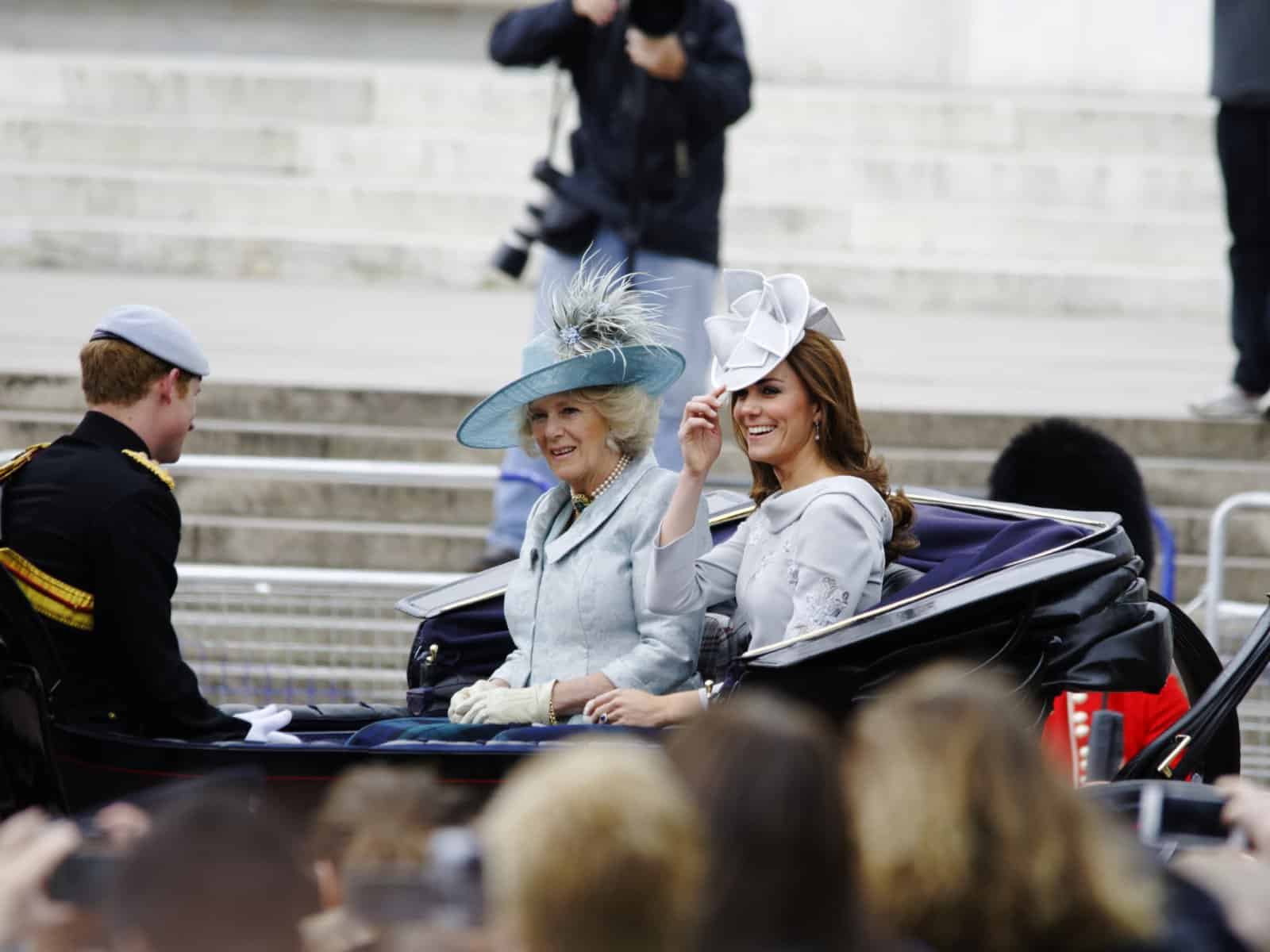
Taking a leaf out of Queen Elizabeth II’s book, royal family members choose bright outfits for public appearances to ensure visibility. This practice was a favourite of the late Queen to ensure she could be seen during public engagements.
7. Permission to Marry
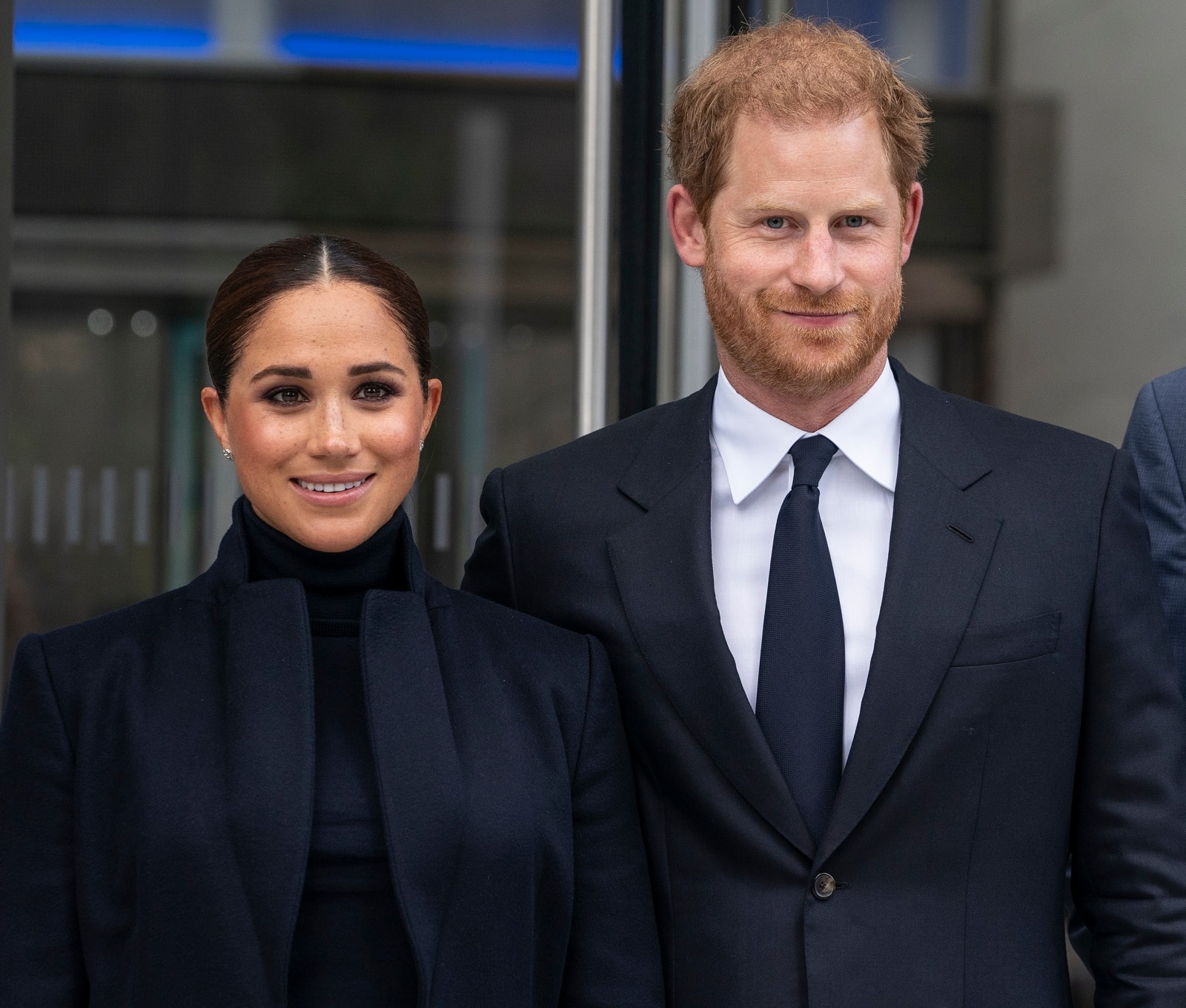
Royals in line to the throne must seek the monarch’s permission to marry. Prince Harry obtained this from Queen Elizabeth II before marrying Meghan Markle.
8. Two Heirs Should Not Fly Together

Traditionally, two direct heirs should not fly on the same plane to protect the succession. This rule has been relaxed recently with the monarch’s permission, as seen when Prince William travels with his children.
9. No Shellfish

Royals are advised to avoid shellfish to prevent food poisoning. This rule is more of a guideline but is often followed by members like King Charles during official trips.
10. Curtsy and Bow Rules

Women should curtsy and men bow when greeting King Charles III. This protocol is rigorously maintained at all official occasions.
11. Morning Dress Code
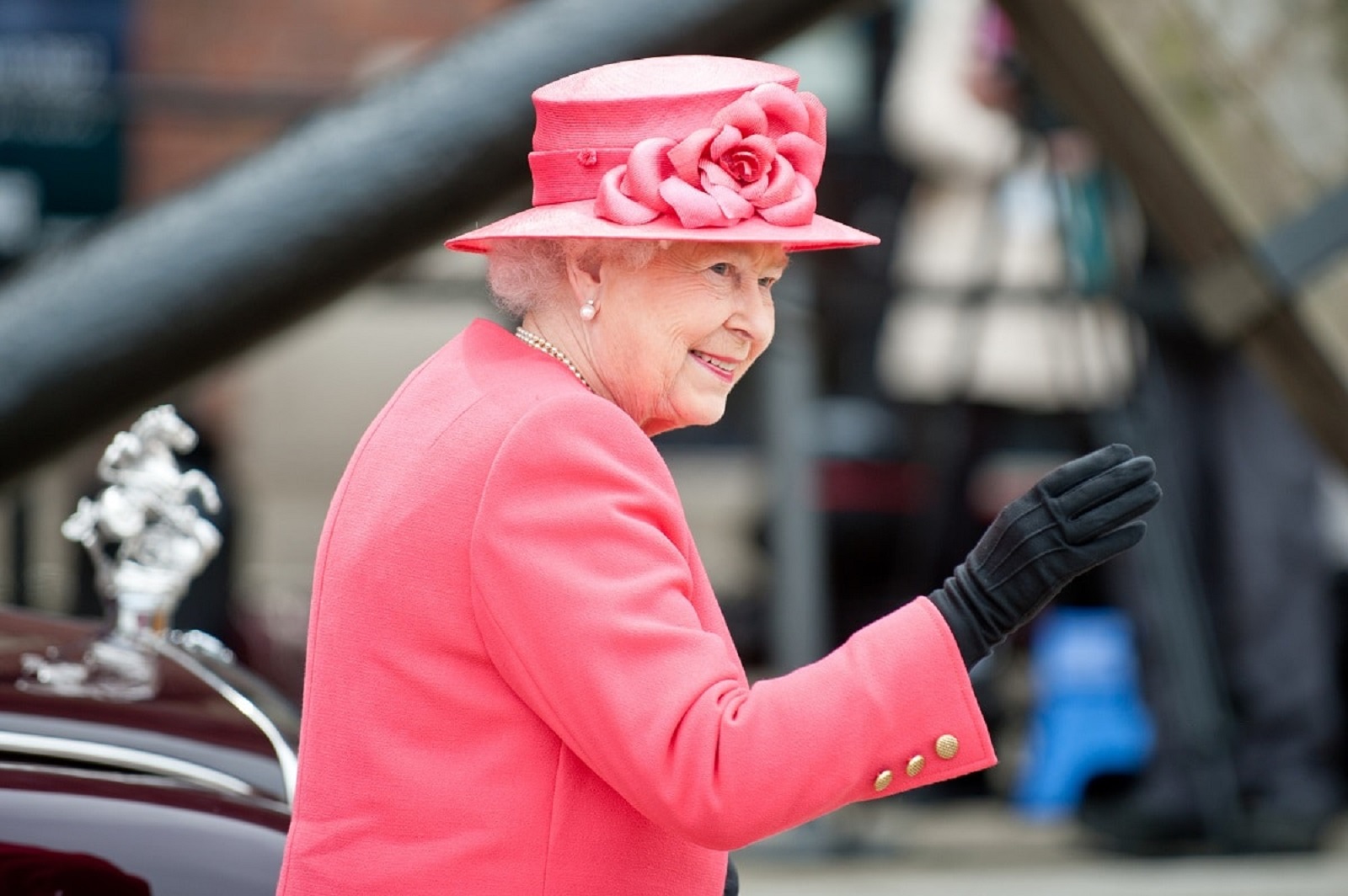
Daytime events require specific attire such as morning suits for men and suitable dresses and hats for women. This is observed at events like Royal Ascot.
12. Maternity Wear
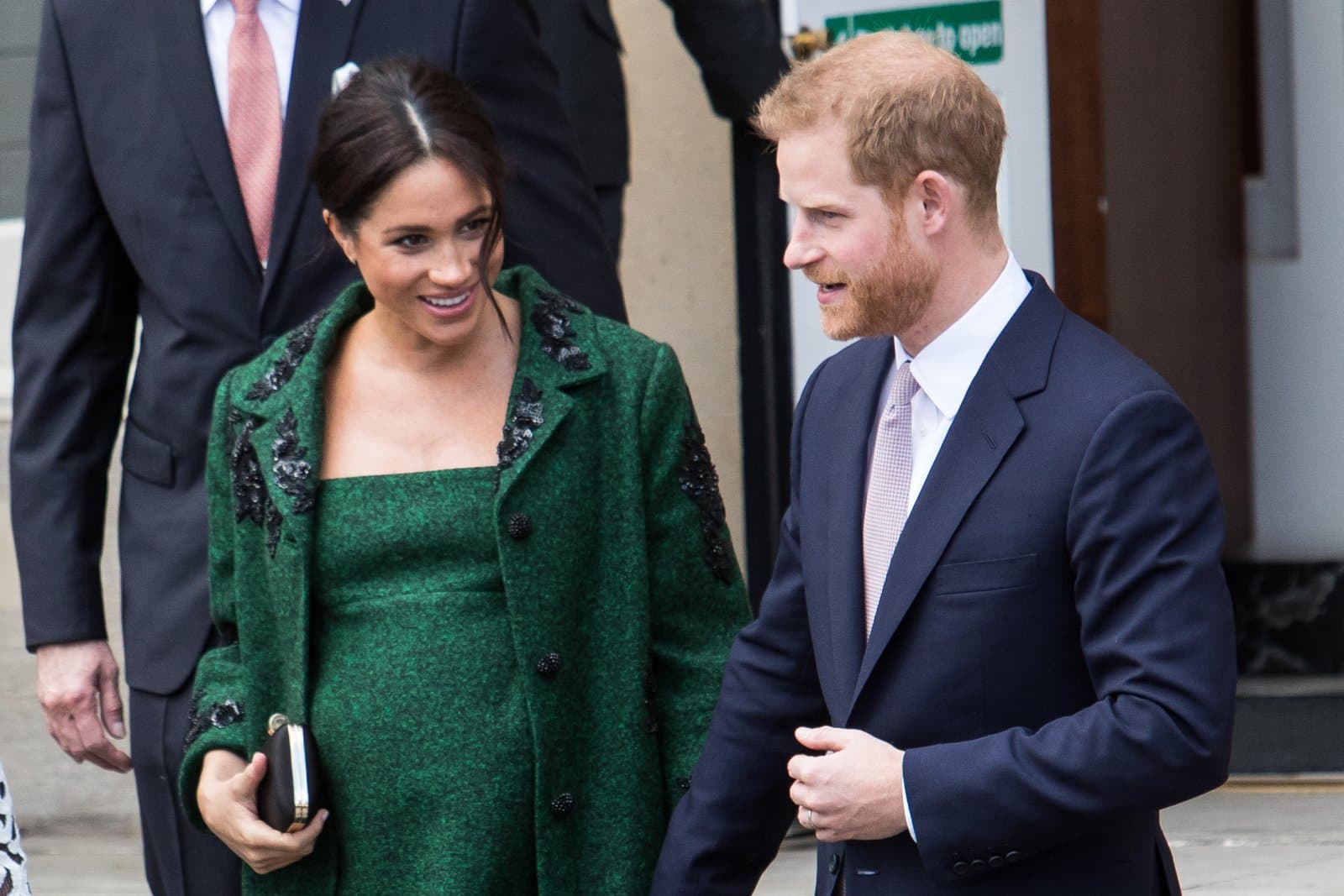
Royal women are expected to dress modestly during pregnancy. This tradition, set by Princess Anne, has been followed by the likes of Duchess Meghan, who chose maternity wear that balanced tradition with modern fashion sensibilities.
13. Navy Blue for Mourning
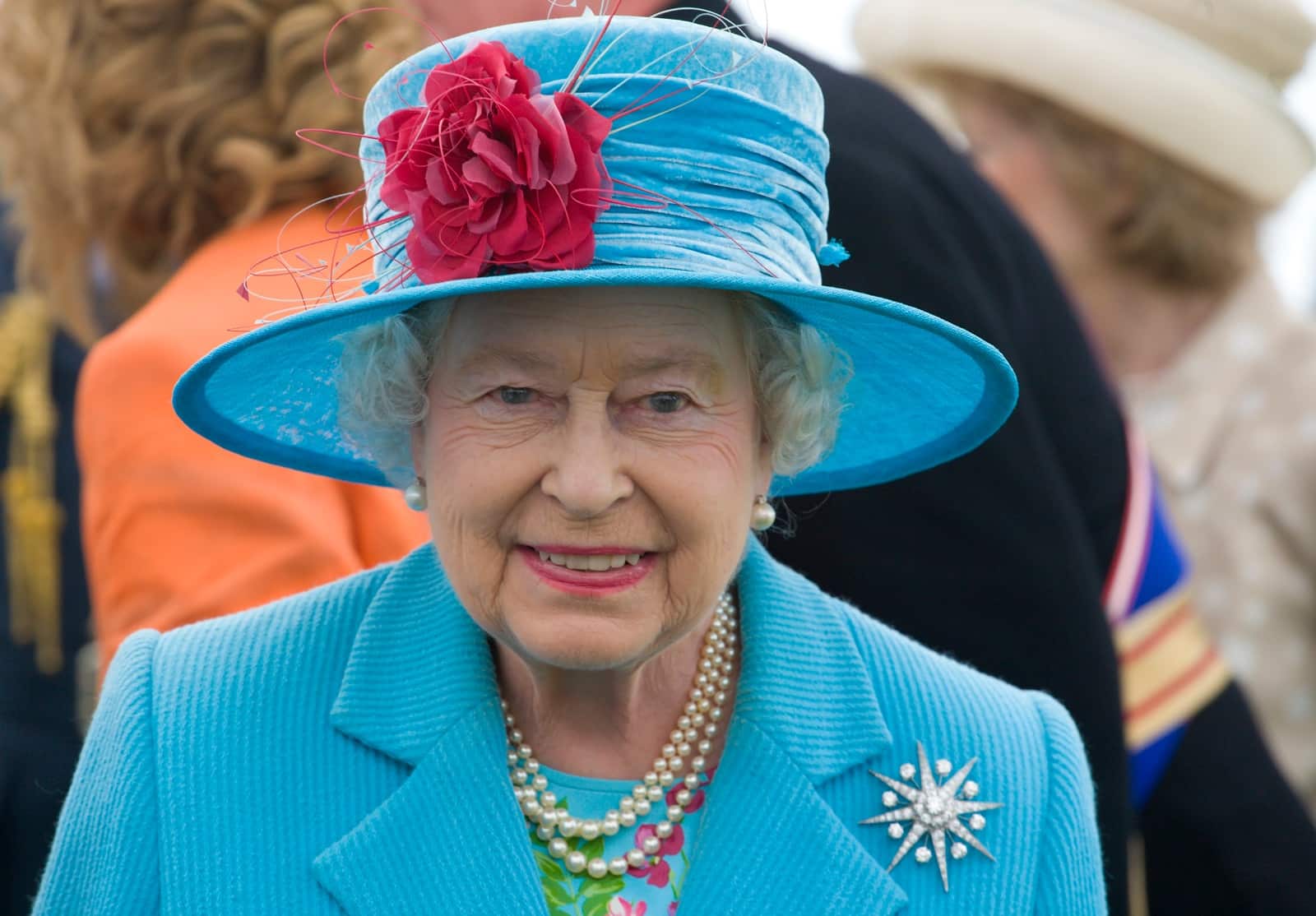
Outside of funerals, royals often wear navy for mourning. This tradition allows for a softer expression of grief, as seen during remembrance events.
14. Avoid Bright Nail Polish

Royal women are expected to wear neutral nail polish at official events. The Duchess of Cambridge often opts for pale pink or clear polish, adhering to this unspoken rule.
15. Children’s Attire

Royal children are dressed in traditional clothing for public appearances. Prince George, for example, is often seen in shorts and knee socks, adhering to a longstanding tradition for young royal boys.
Rules to Rule
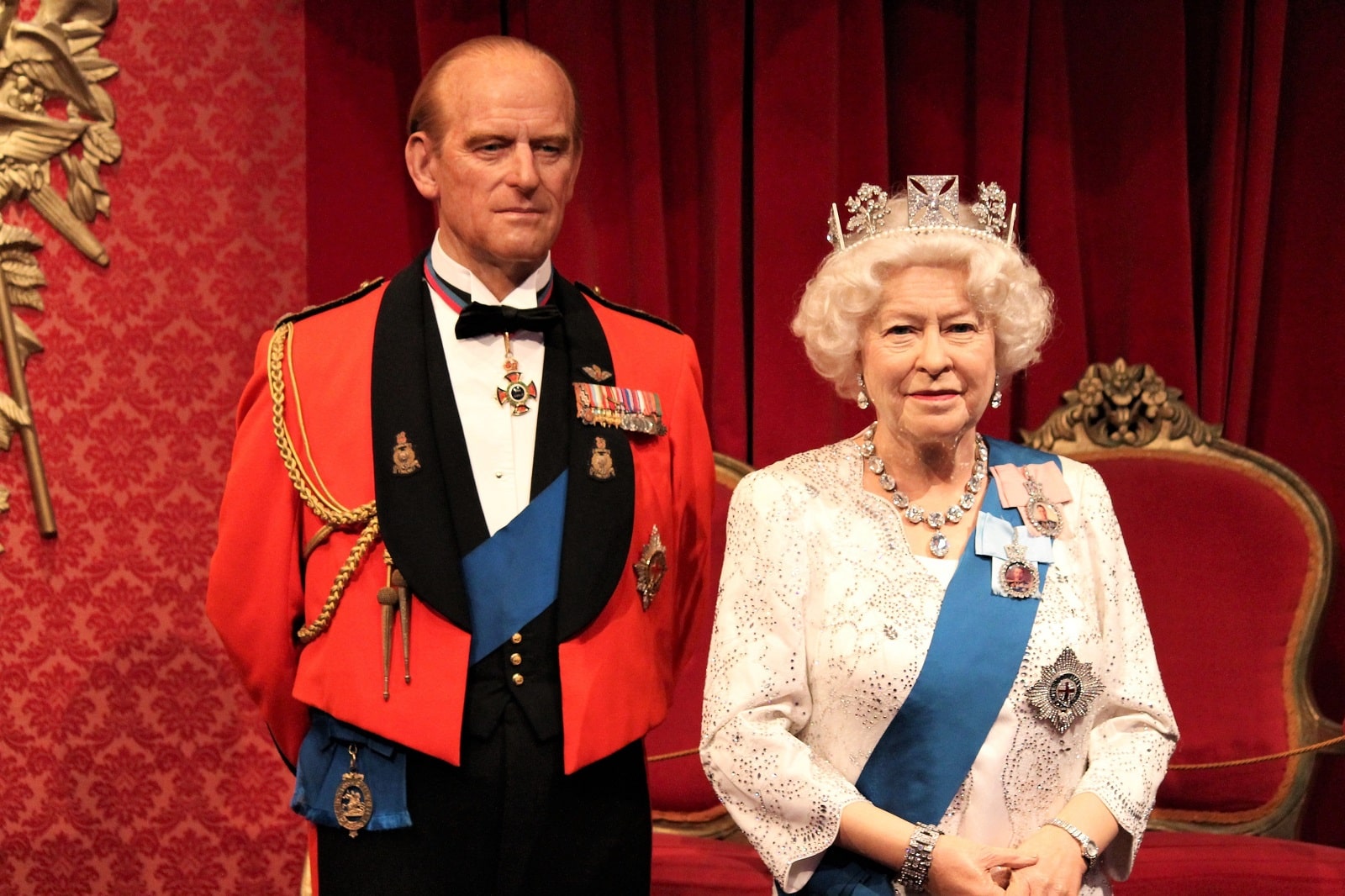
These rules, ranging from personal conduct to dress codes, not only help maintain the royal family’s public image but also reinforce the traditions that distinguish the British monarchy in the modern era.
More Articles Like This…
Broken Britain: 12 Reasons Behind the UK’s Decline
Say the Unsayable: 10 Occasions When Farage Spoke His Mind About Britain
The post 15 Strange Royal Rules That Are Non-Negotiable first appeared on Edge Media.
Featured Image Credit: Shutterstock / Lorna Roberts.
For transparency, this content was partly developed with AI assistance and carefully curated by an experienced editor to be informative and ensure accuracy.

